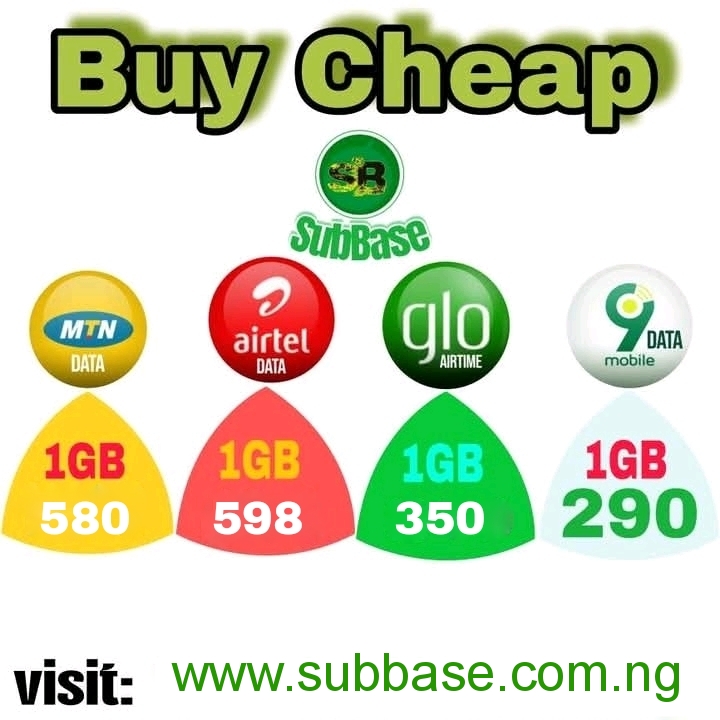
What is a POS system?
A POS system, or point-of-sale system, is a combination of hardware, software and payment services that businesses use to make sales. And as its name implies, this system exists at the physical or virtual point of sale. Online-only businesses, however, do not require hardware to complete their POS systems.
At minimum, a POS system records customer purchases, accepts payments and provides receipts, either by printing them or sending them electronically through text or email. Many of the best POS systems for small businesses also generate reports, help manage inventory and track employee hours, among other things.
How does a POS system work?
Think of POS systems as the modern version of cash registers. They calculate a customer’s purchase amount, add sales tax, accept payment, log the time and date of the transaction, and more.
Typically, the three main components of a POS system are hardware, software and payment processing services. Here’s a rundown of how each of them function.
POS hardware
Although hardware is a common component in POS systems, it isn’t necessary in every case. For example, businesses that operate online only wouldn’t require POS hardware.
Some POS hardware options include:
Credit and debit card readers: Business owners who do sales in person will want to purchase, at minimum, a card reader to pair with an app on their smartphone or tablet. Some readers plug directly into the device, while others connect via Bluetooth. The best credit card readers let you swipe, tap or dip cards and may be attached to a larger, more robust POS system.
Countertop terminals: Unlike mobile businesses, brick-and-mortar shops may need a full countertop POS setup where customers line up to make purchases. These systems usually come with larger screens, built-in card readers and optional cash drawers. There are also mobile POS systems for businesses that don’t want to be anchored to the checkout counter but need a little more than a card reader alone.
Customer displays: Some businesses find it useful to have a separate screen to display order and payment information to the customer while the merchant handles the transaction on the opposite side of the counter. These screens can also double as digital tip jars and prompt customers to add preset gratuity amounts to their totals.
Kitchen displays: These essentially replace the paper ticket system behind the scenes in a restaurant. Kitchen display systems (KDS) allow the front of house to send orders directly to a screen in the kitchen where staff can view, modify and track the orders.
Self-ordering kiosks: These standalone systems empower customers to place and pay for orders on their own, freeing up staff to attend to other business needs. They don’t make sense for every business, but quick-service restaurants, in particular, tend to make use of them with positive results.
Additional accessories: These often include cash drawers, receipt printers, barcode scanners, scales, kitchen printers and label printers.
POS software
- On-premises POS software: Sometimes known as a legacy system, this software is only accessible on the POS terminal where it’s installed. It facilitates payment processing, logs sales and labor information, and preferably syncs with accounting software. This solution often works for small businesses that prioritize in-store sales and have one POS terminal.
Cloud-based POS software: This type of POS software syncs information from multiple POS terminals and typically offers mobile and desktop access. Cloud POS systems offer greater flexibility and may be the better solution for online businesses, mobile businesses or those with multiple terminals or locations. Clover, Square, Toast and Shopify are popular cloud-based POS system providers.
Payment processing services
For debit and credit card transactions, a payment processor is an intermediary between the merchant, the customer and financial institutions (banks). Many POS system providers double as credit card processing companies and handle card transactions. These services typically come with additional fees (more on these fees below).
Here’s what you could expect to pay for each component of a POS system.
POS hardware costs: around $1,200 to $1,800 for a full setup
Pop-ups and smaller businesses or vendors that sell goods at different locations might only need a smartphone and mobile card reader as their POS hardware. This would be the least expensive hardware option, as credit card readers from some of the most common providers run from $0 (Square gives you a free magstripe reader when you sign up) to around $60 for a reader that accepts chip and contactless card payments.
If you need more than a card reader, however, hardware will be your biggest upfront cost (though some providers do offer the option to pay a higher monthly fee for both software and hardware rental). Mobile POS terminals, which accept card payments and often print receipts and scan barcodes, typically run in the range of around $240 to $630. A full register setup, which could include a customer-facing display in addition to the merchant display, card reader, cash drawer and receipt printer, tends to fall in the range of around $1,200 to $1,800.
POS software costs: $0 to around $400 per month
POS software can range from a free mobile app to a paid plan with advanced features that can include inventory management, detailed business reports and analytics, and table and menu management for restaurants. Many POS providers offer a base software plan, typically from $0 to around $400 per month (restaurant-specific software tends to be costlier than retail), along with optional add-ons such as loyalty programs (around $45 to $100), marketing tools (around $10 to $100) and online ordering (around $0 to $50).
Payment processing costs: around 1.5% to 3.5% per transaction
Payment processors charge a fee per transaction to facilitate credit card processing. The fee actually encompasses multiple fees divided among the credit card network, the bank that issues the credit card and the processor. Payment processing fees follow either a flat-rate pricing model, based on a percentage of the card payment amount plus a flat fee per transaction, or an interchange-plus model.
Total payment processing fees tend to be around 1.5% to 3.5% of the total transaction amount. Businesses typically pay more for online and card-not-present transactions compared to in-person transactions. Depending on the processor, you may also be on the hook for chargeback fees and PCI compliance fees.
To Register Or Login On SubBase Register OR Click here to Login
Discover more from SubBase
Subscribe to get the latest posts sent to your email.








